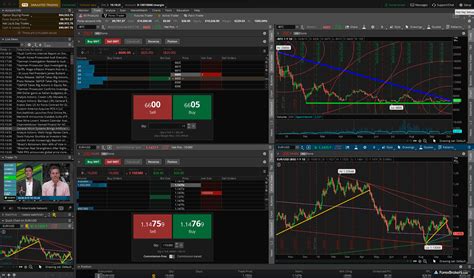- سبدخرید خالی است.
- ادامه خرید
Trading signal, gas fees, return on investment
Here is a comprehensive article on cryptocurrency trading signals, gas fees, and return on investment:
Title: Navigating the World of Cryptocurrency Trading: Understanding Signals, Costs, and Rewards
Introduction
The cryptocurrency market has experienced rapid growth in recent years, with thousands of new cryptocurrencies emerging each year. One of the most exciting aspects of this market is the potential for trading signals to help traders make informed decisions about when to buy or sell. However, this success also comes with a number of costs and risks. In this article, we will explore the concept of cryptocurrency trading signals, the role of gas fees in these trades, and the potential return on investment that awaits market daredevils.
What are crypto trading signals?
Crypto trading signals refer to any indicator or pattern that provides traders with an automated signal to buy or sell a particular cryptocurrency. These signals can be based on a variety of factors, such as:
- Technical Analysis: Charts and patterns created using technical indicators such as moving averages (MA) and the relative strength index (RSI).
- Fundamental Analysis: Economic data and news that can affect the price of a cryptocurrency.
- Machine Learning Algorithms: Artificial intelligence-based models that predict market trends.
Traders use these signals to make informed decisions about when to buy or sell based on their own risk tolerance and investment goals.
The Importance of Gas Fees in Cryptocurrency Trading
Gas fees are the fees charged for sending transactions over the blockchain network used by cryptocurrencies such as Bitcoin (BTC) and Ethereum (ETH). As more and more users join the market, gas fees have increased significantly. According to Coinbase, gas fees on the Ethereum network reached an all-time high in March 2021, with prices reaching $10,000 per transaction.
Return on Investment
The potential for return on investment in cryptocurrency trading is significant, but it’s important to understand that there are also risks. Here are some key aspects to consider:
- Market Volatility: Cryptocurrency prices can fluctuate wildly, resulting in significant losses if not managed properly.
- Liquidity Risk: Traders may have difficulty buying or selling cryptocurrencies when needed at unfavorable market rates.
- Regulatory Uncertainty: Governments and institutions may introduce new regulations that could impact the cryptocurrency market.
To mitigate these risks, traders should:
- Diversify your portfolio: Spread your investments across multiple cryptocurrencies to reduce risk.
- Use stop-loss orders: Set price targets and automatically close positions when they are reached or exceeded.
- Stay informed: Continuously monitor market developments and adjust your strategy accordingly.
Best practices for cryptocurrency trading
To increase your chances of success, follow these best practices:
- Educate yourself: Stay informed about the latest trends, technical analysis, and fundamental analysis methods.
- Use trusted exchanges

: Choose reputable exchanges that offer good liquidity, low fees, and solid security features.
- Set realistic expectations: Understand that cryptocurrency trading is inherently unpredictable, and you should be prepared to lose.
Conclusion
Navigating the world of cryptocurrency trading requires a deep understanding of signals, gas fees, and return on investment. By following best practices and staying informed, traders can increase their chances of success in this rapidly evolving market. Remember to always prioritize risk management, diversification, and continuous learning, and you will be well on your way to becoming a successful cryptocurrency trader.
